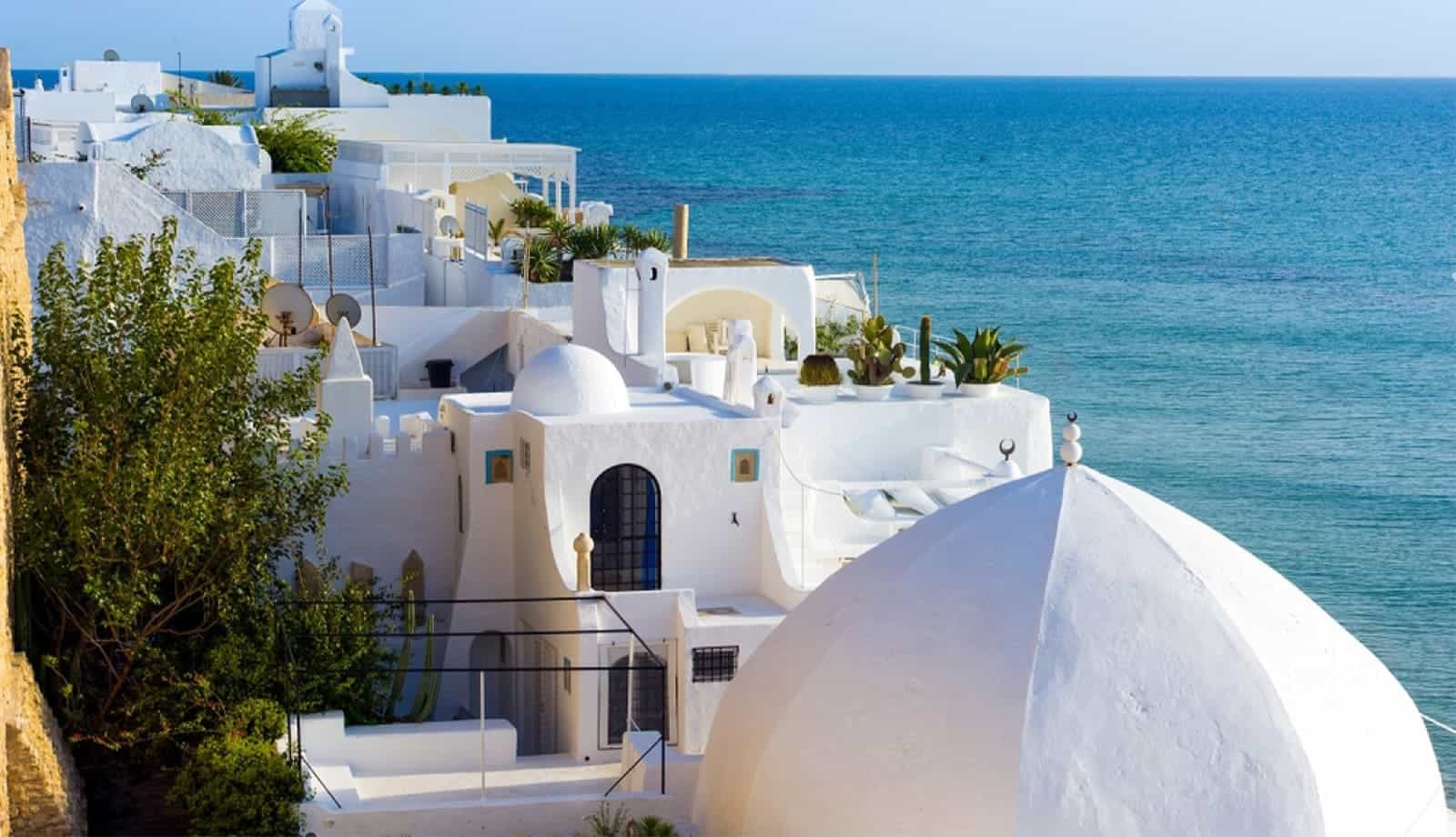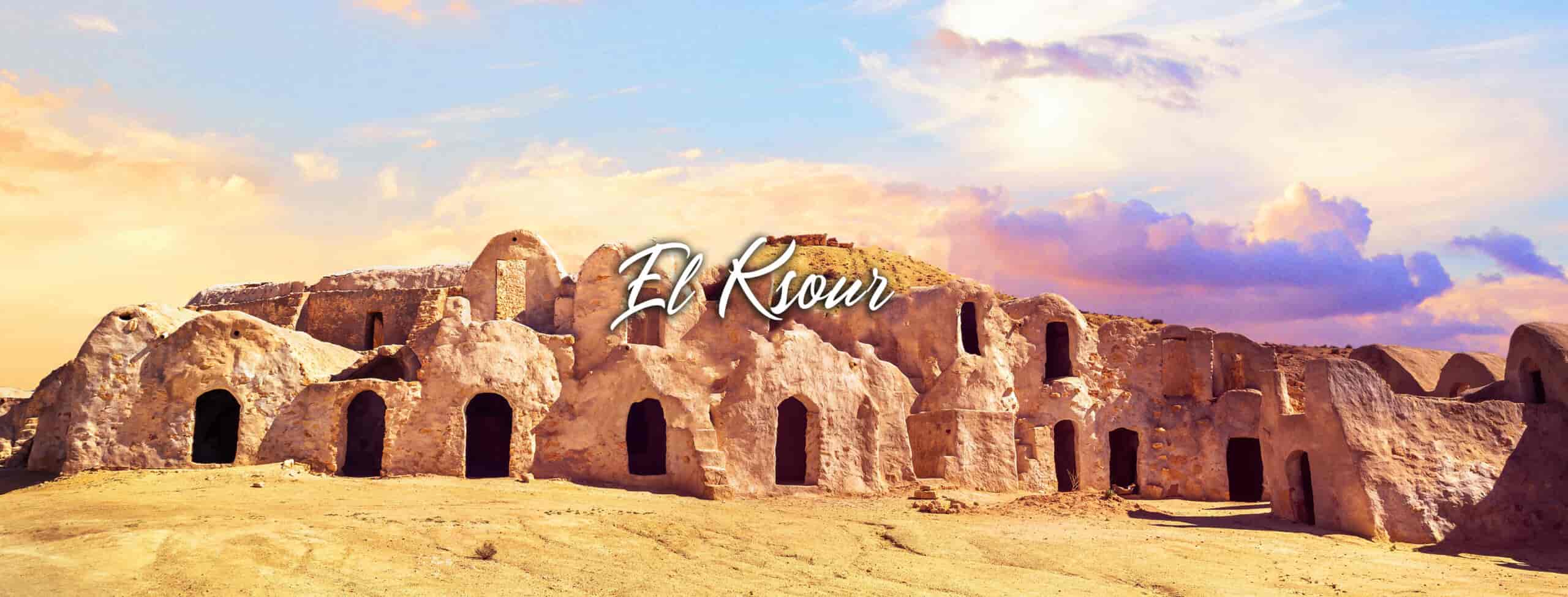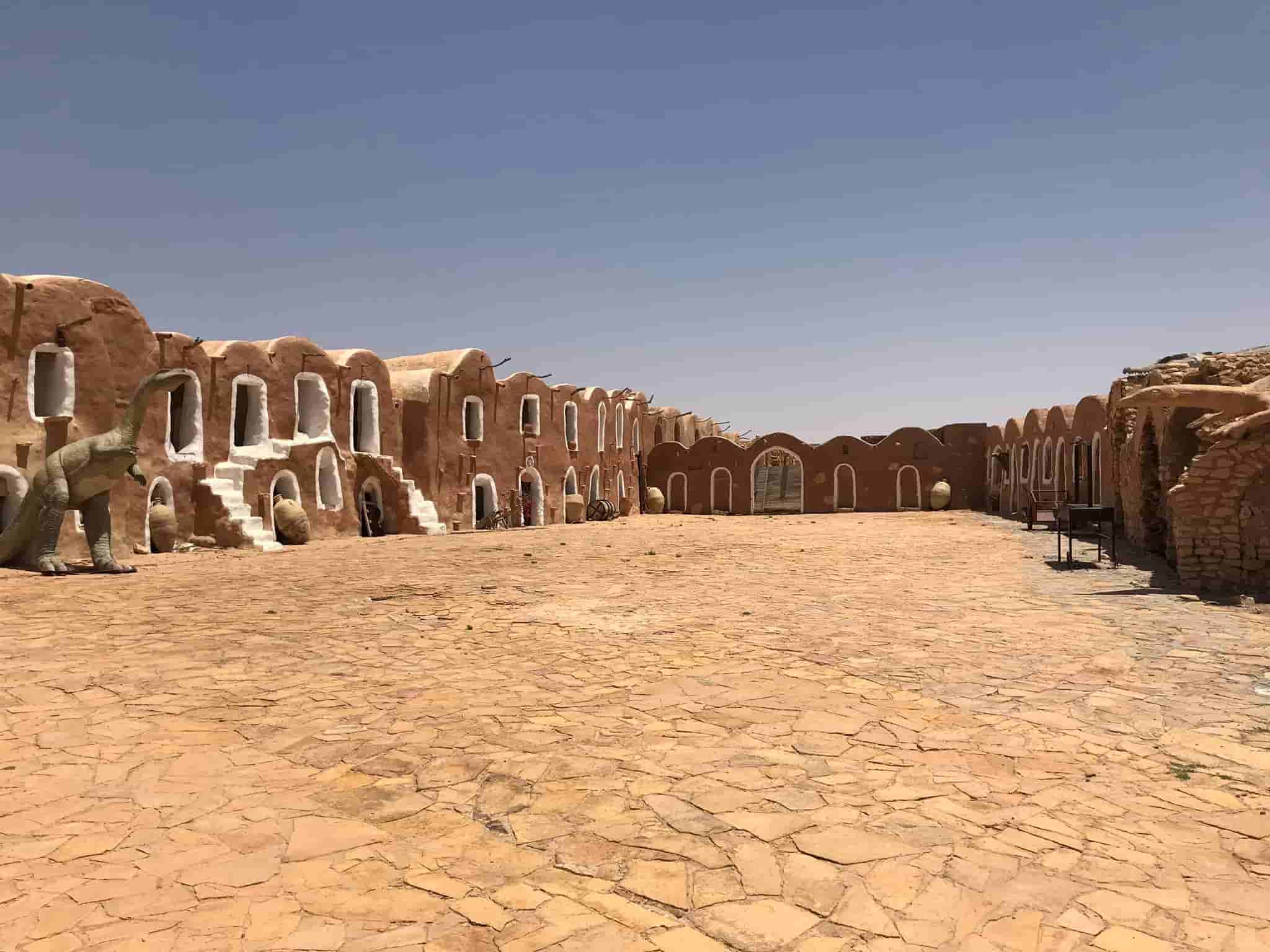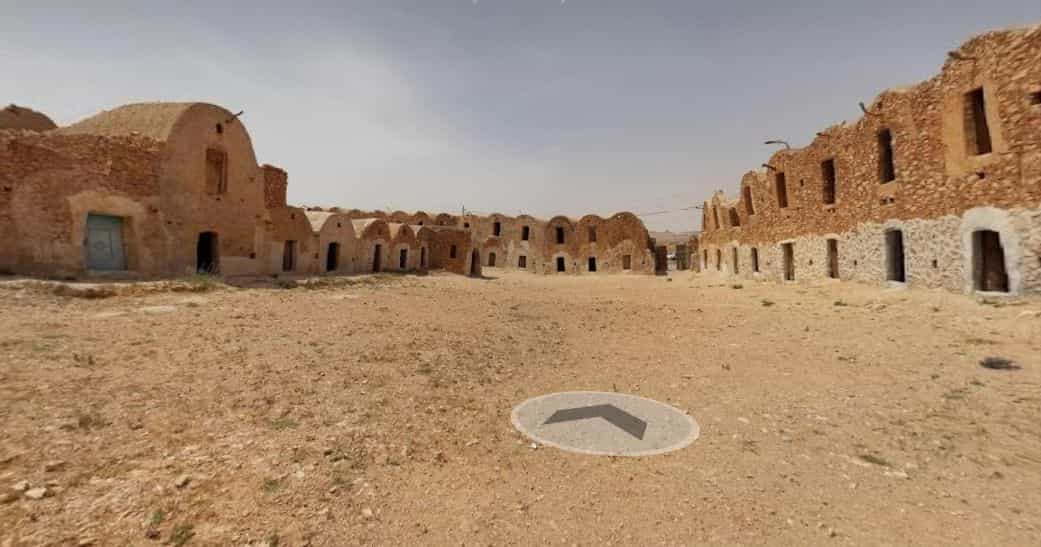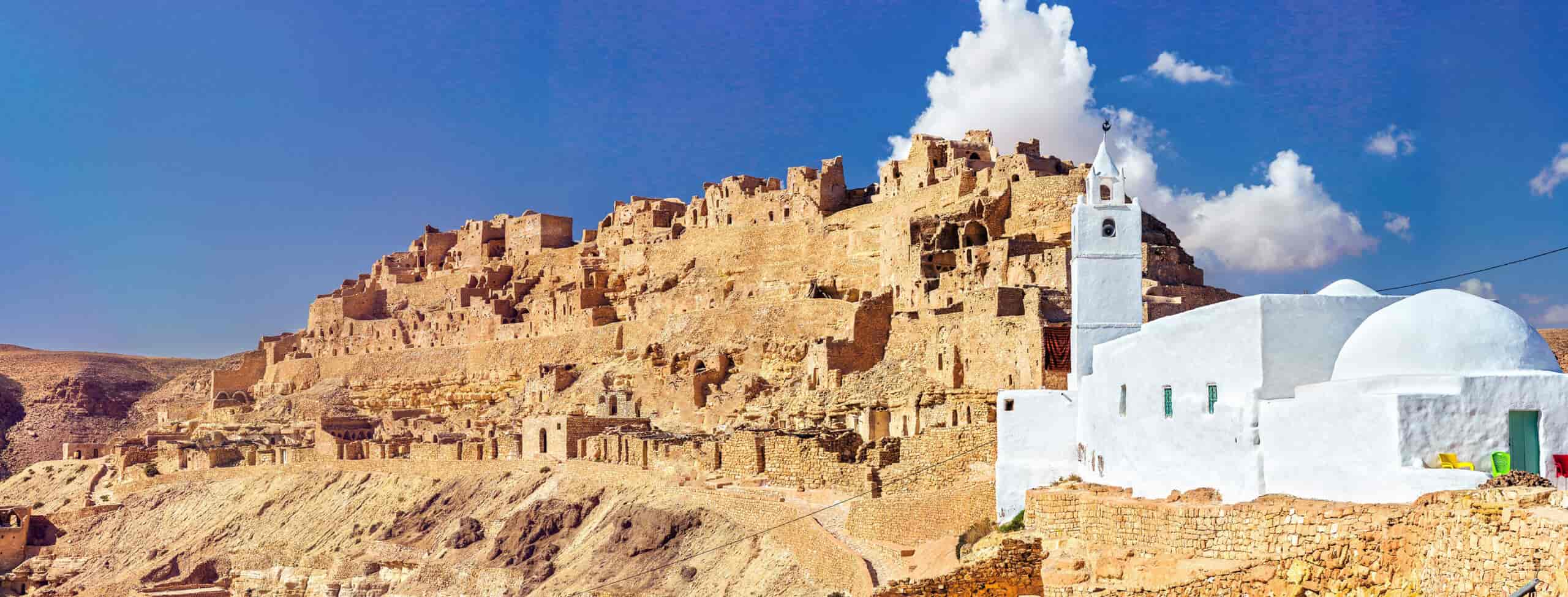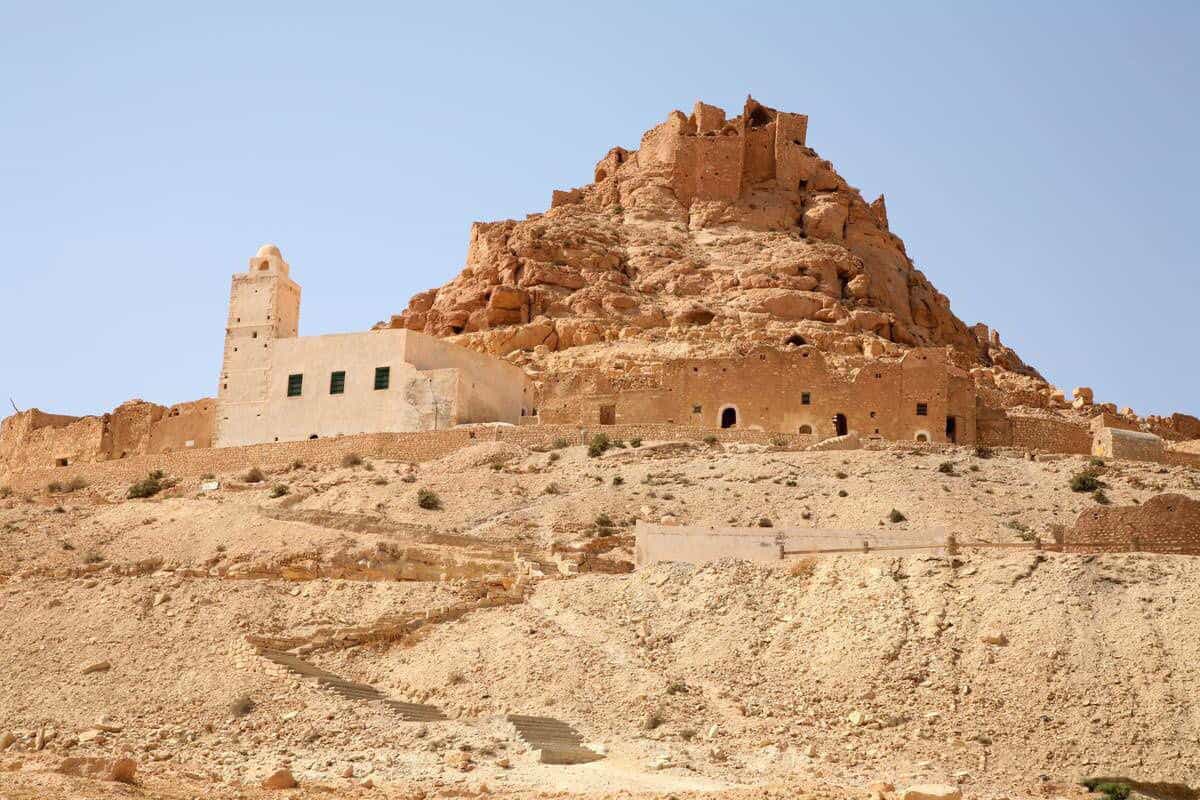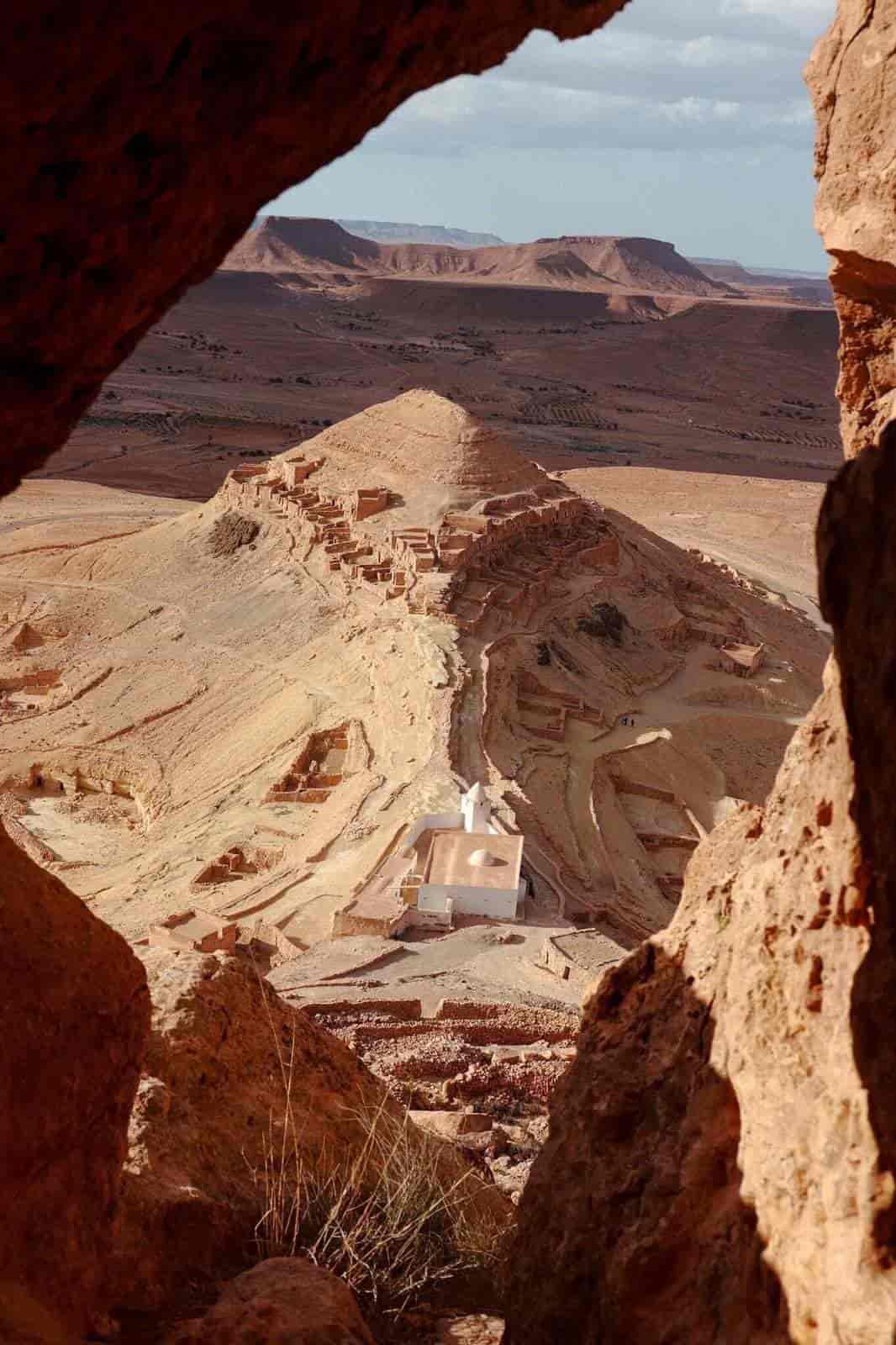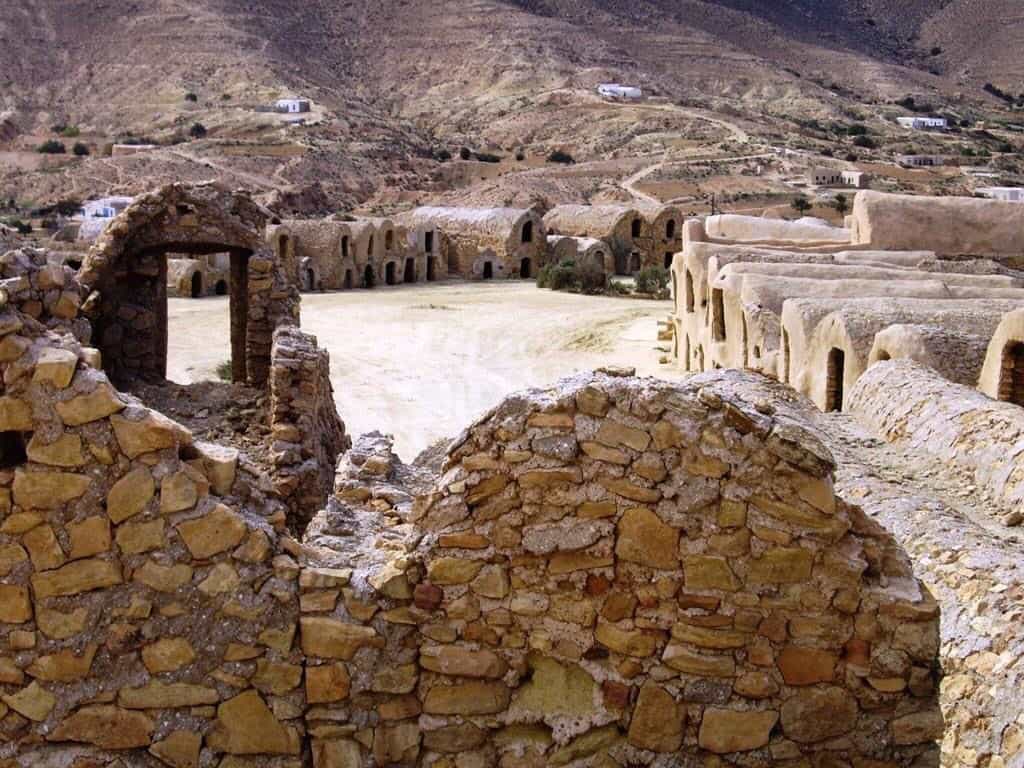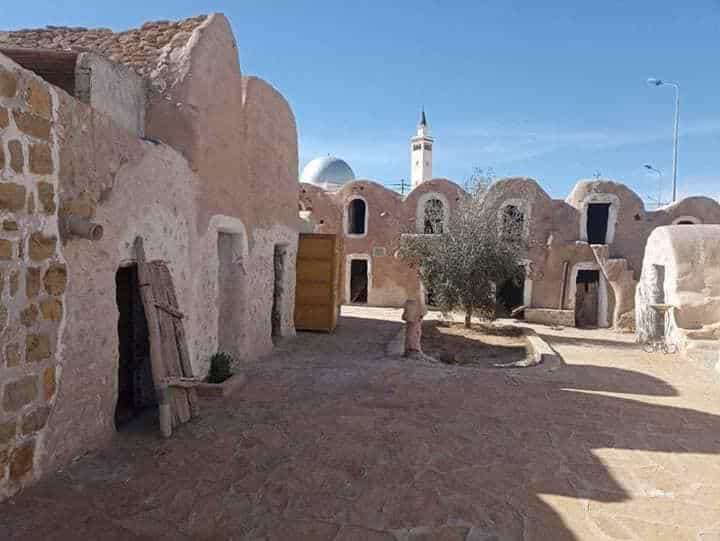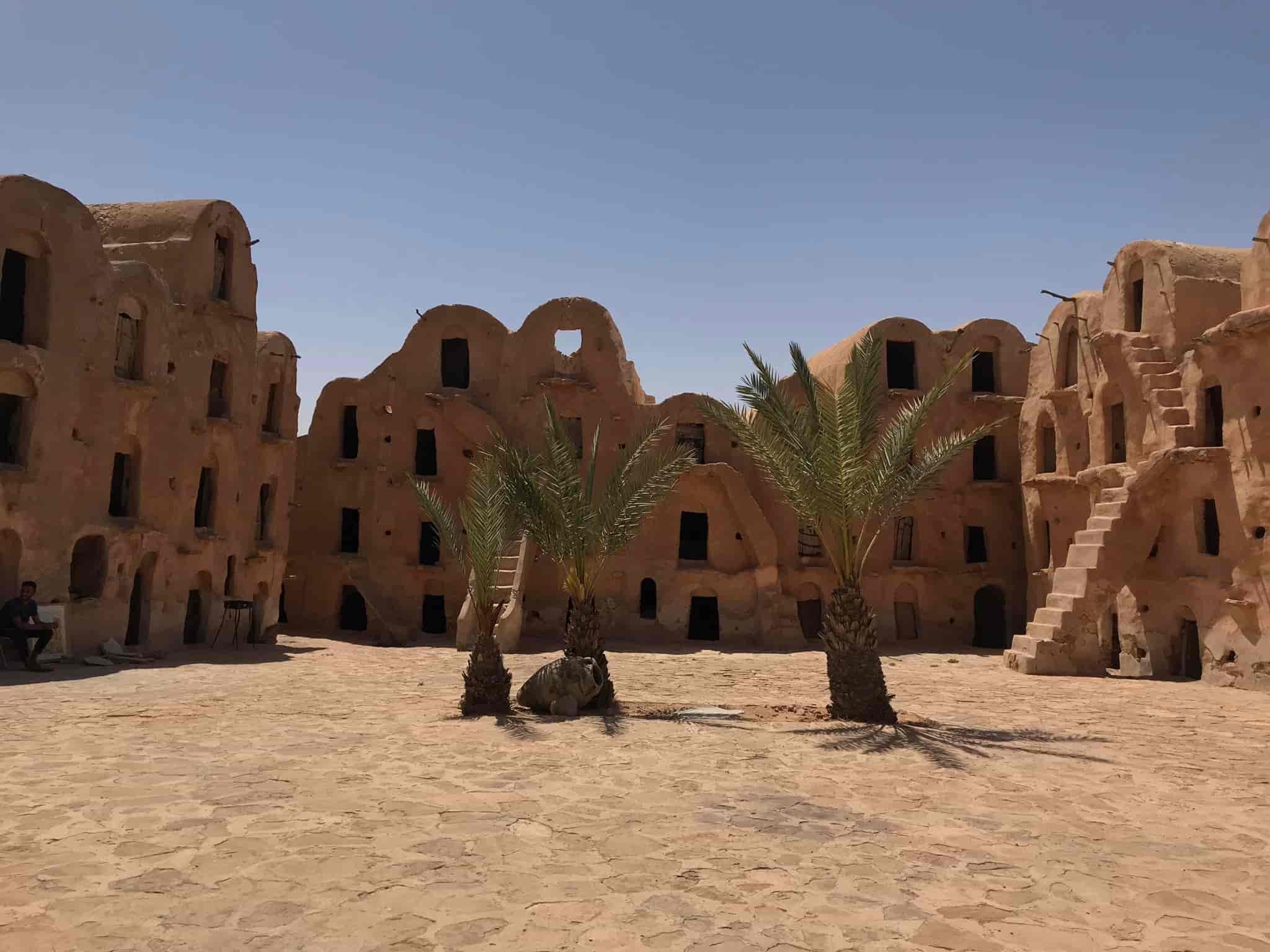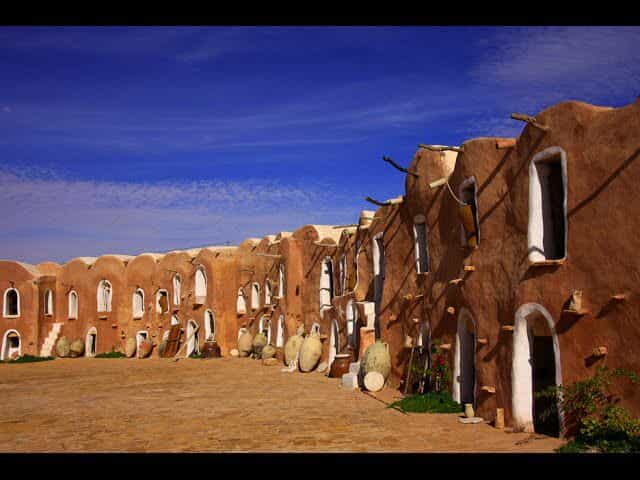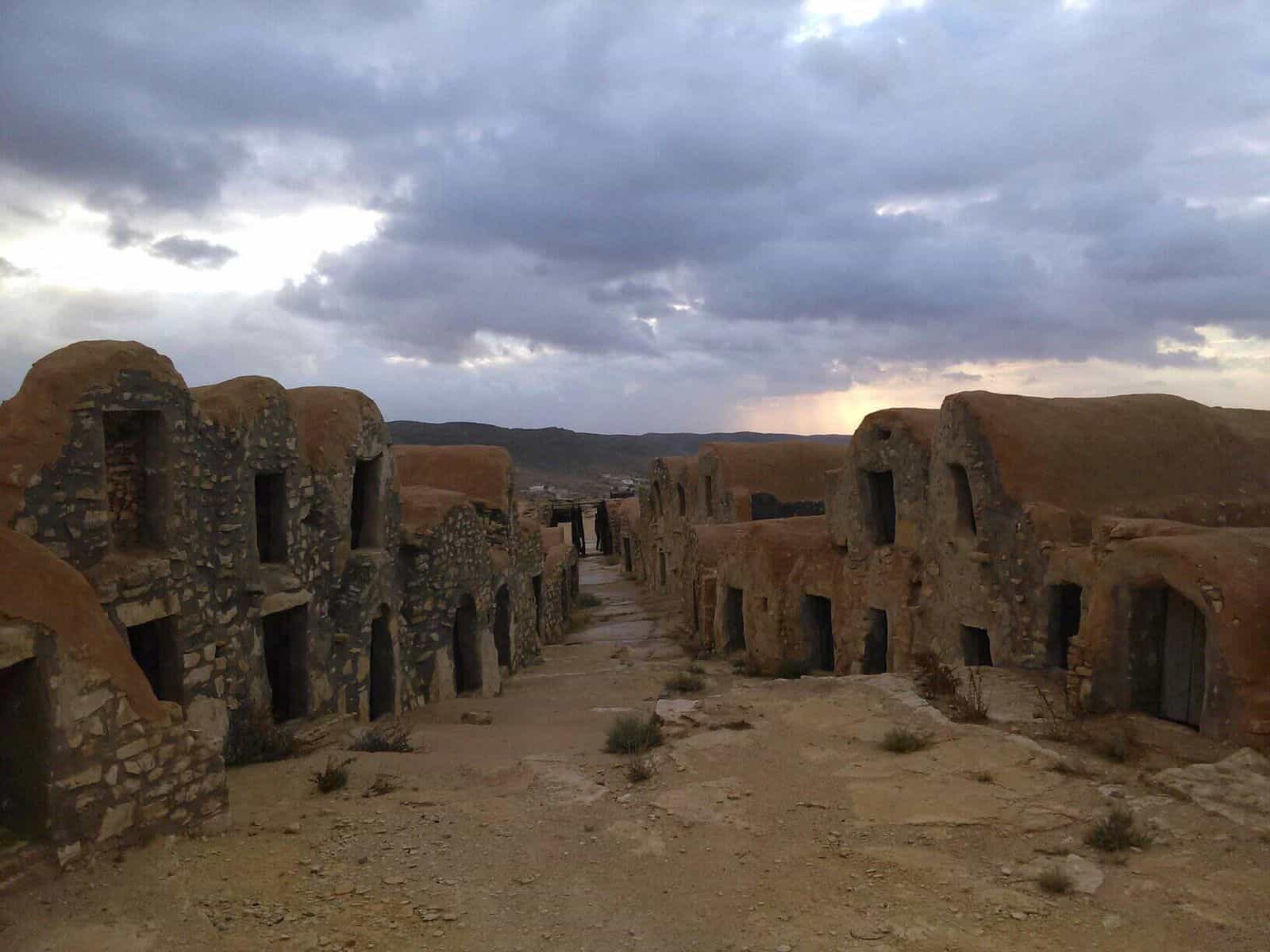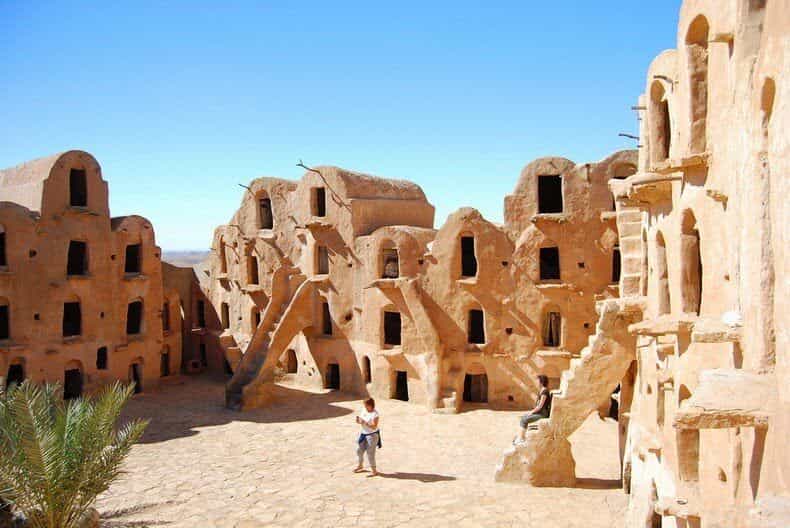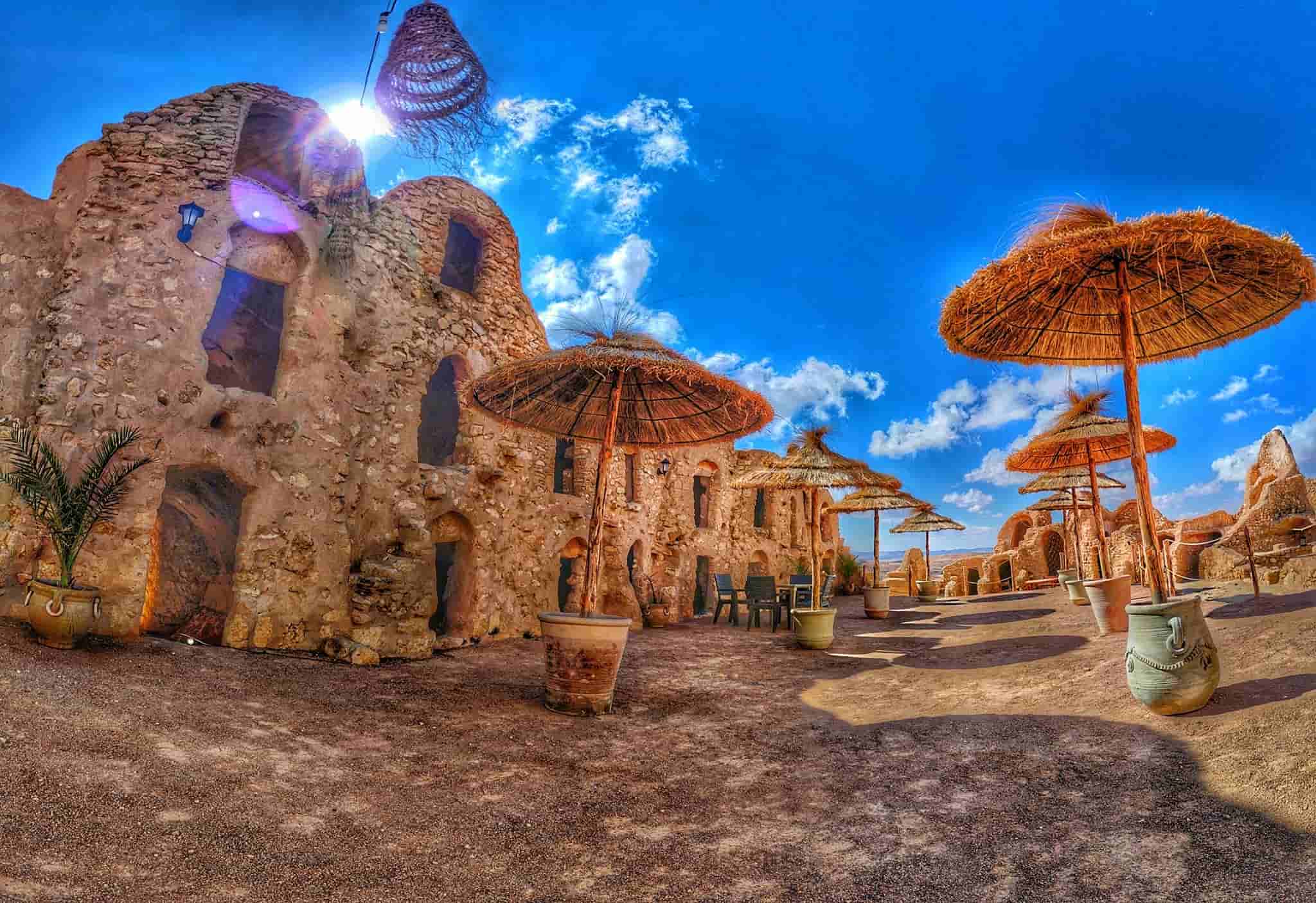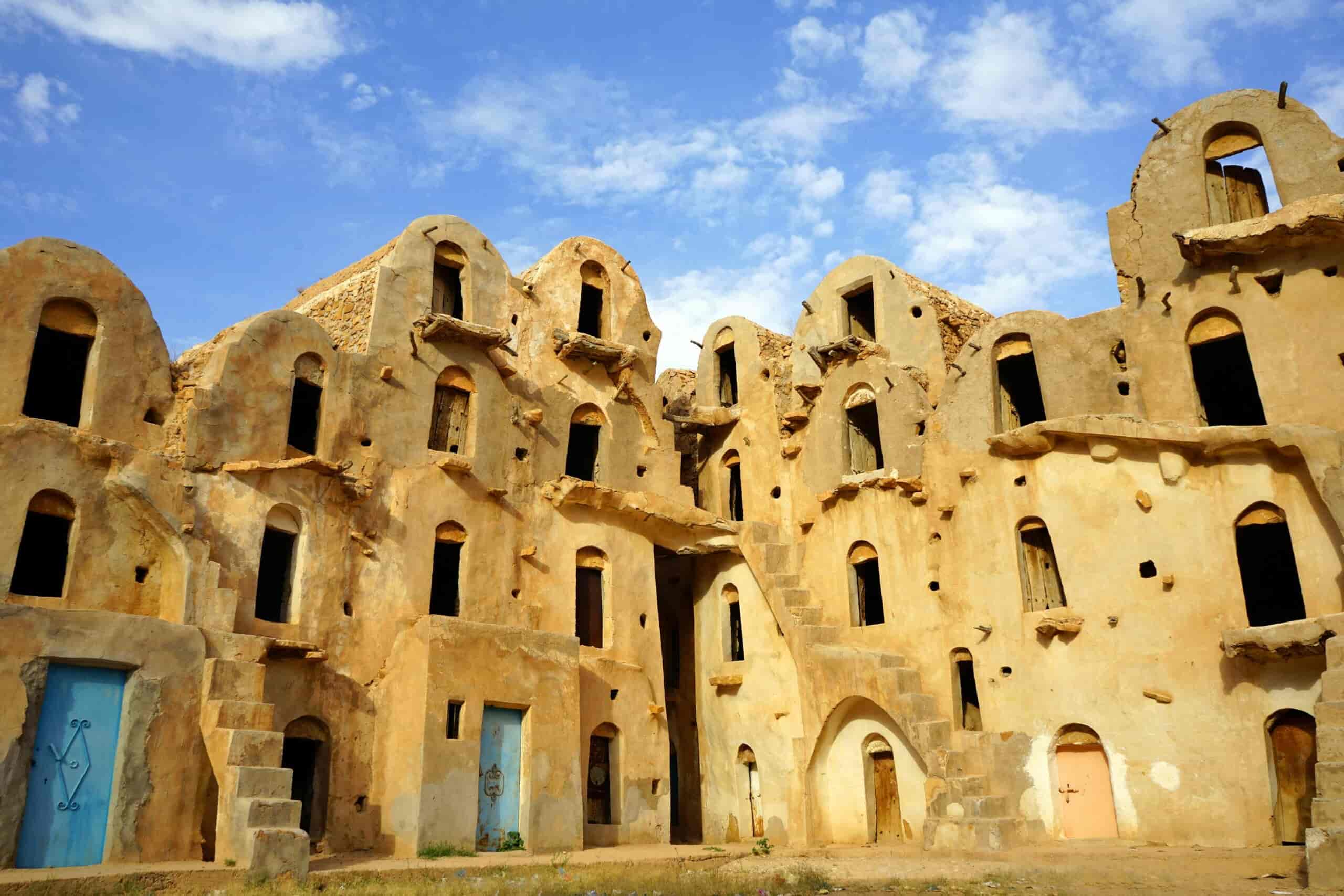Make Your Travel
Ideas by Theme
Tours
Request a quote
Transport
At OPEN TUNISIA, your needs are our priority, so we offer you...
Trips
There are so many interesting places to visit in Tunisia ...
Golf
Whatever your sport is– we at Open Tunisia offer you some fine facilities ...
Art & Culture
From Tunisia’s vibrant past, Phoenicians, Romans…
Eco & Tourism
We create custom eco-friendly tours for you...
Mice
In need of new incentive ideas or the perfect conference location? We are here to help.
EXPLORE TUNISIA
GET INSPIRED TO TRAVEL
Discover the Authentic Tunisia through our Blog
Benefit from our expert advice and local ideas
Will Make You See Life Differently
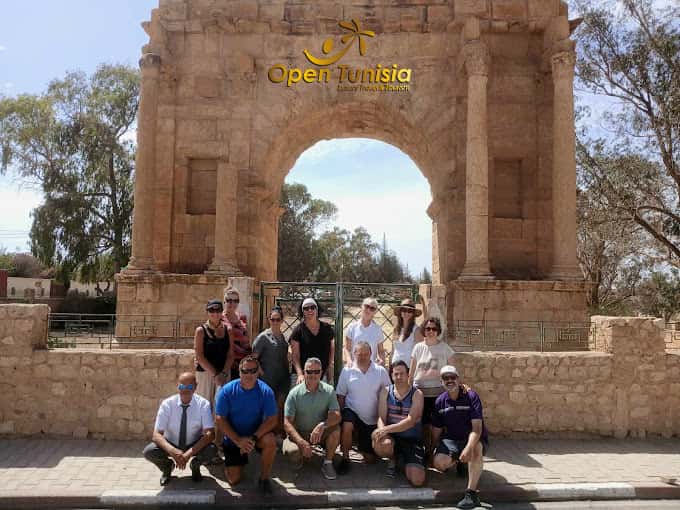
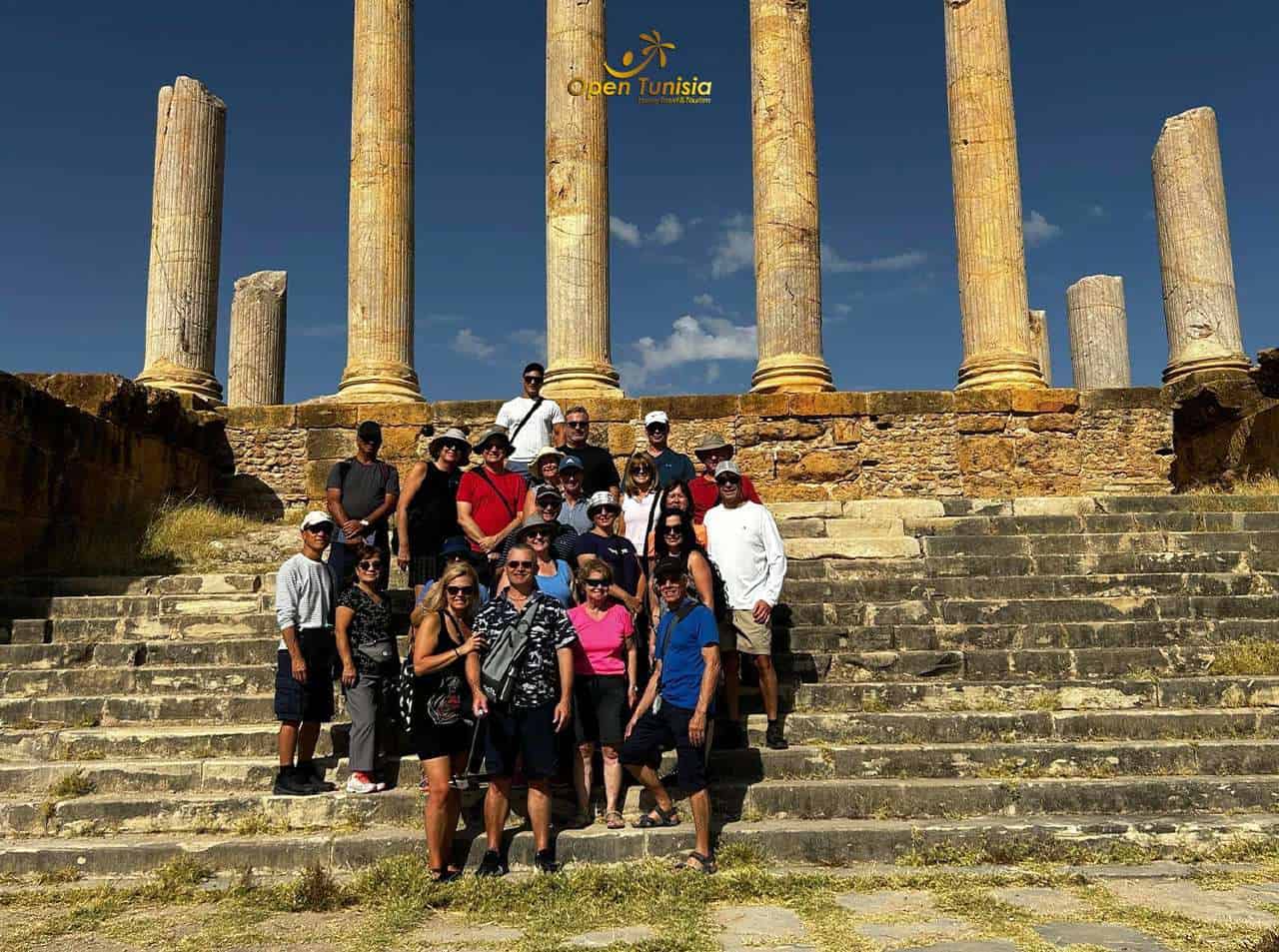

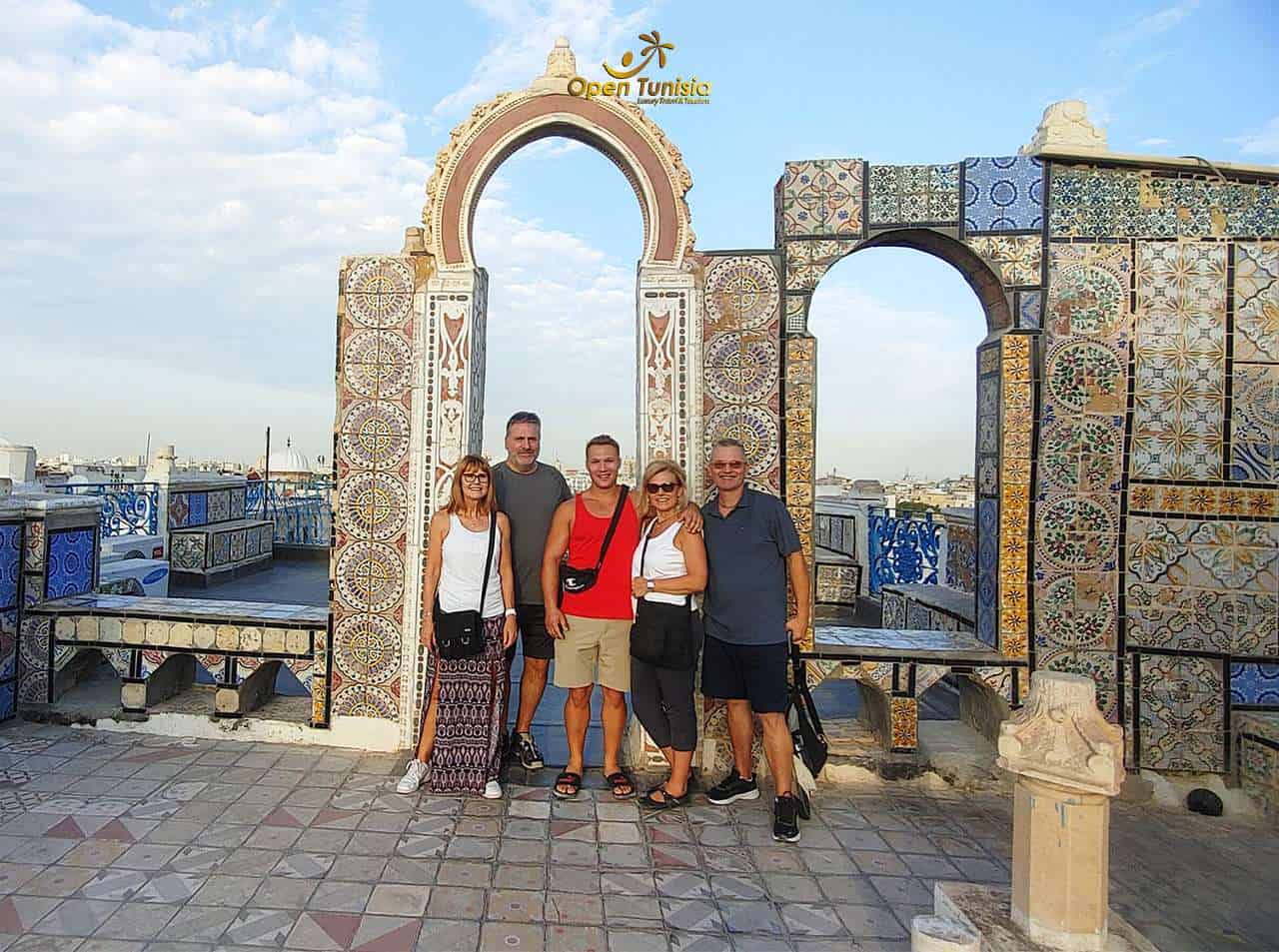
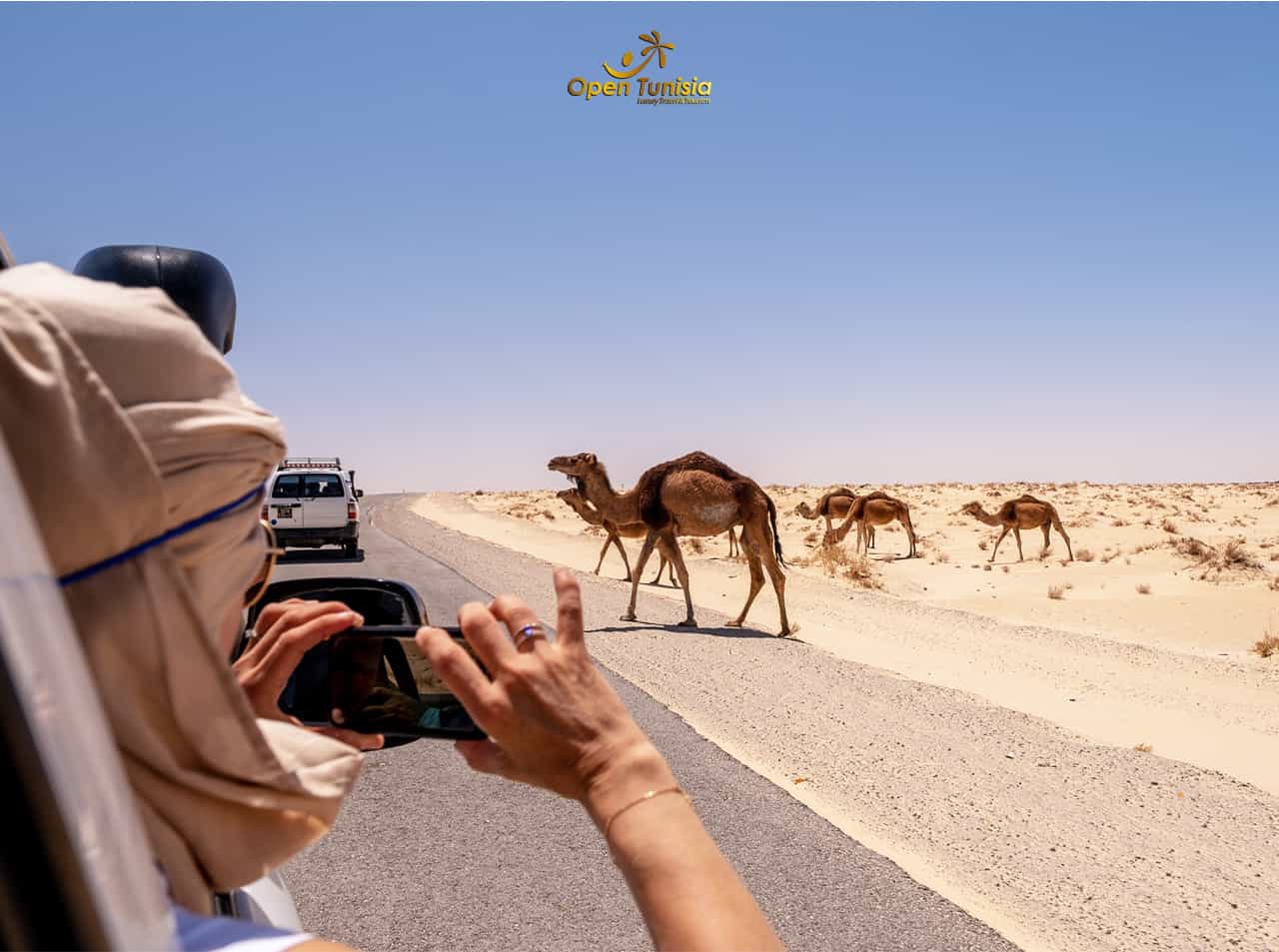
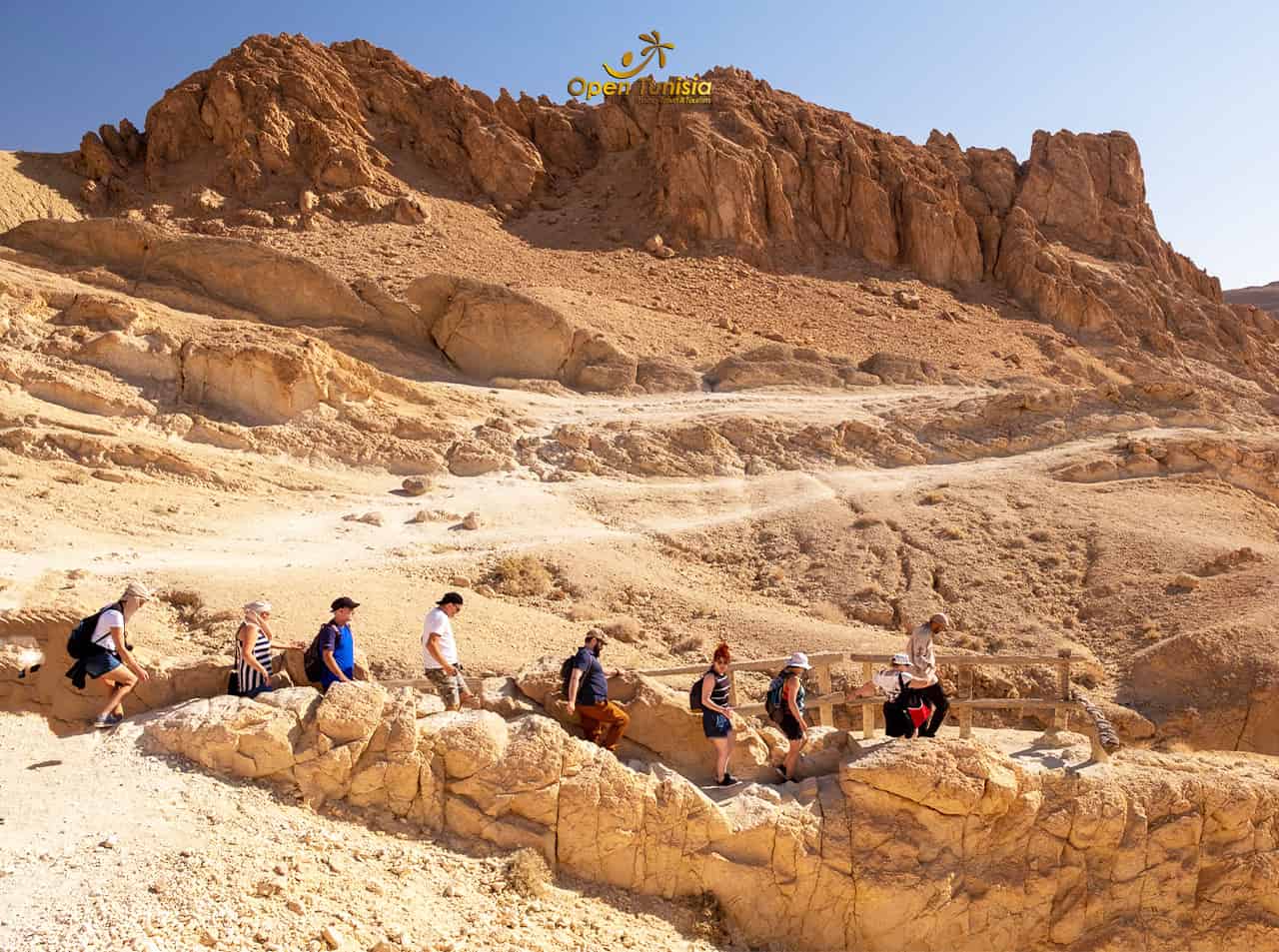



What our clients say about us
Why travel with Open TunisialuxuryTravel& Tourism?
Personalized Services
Craft the ideal trip with assistance from our experts.
Local Expertise
Our team of local experts guarantees you an authentic and enriching experience.
Welcome and Transfers
Quick and comfortable airport transfers.
24/7 Assistance
Round-the-clock assistance to answer all your questions and resolve any issues.
Our Partners







